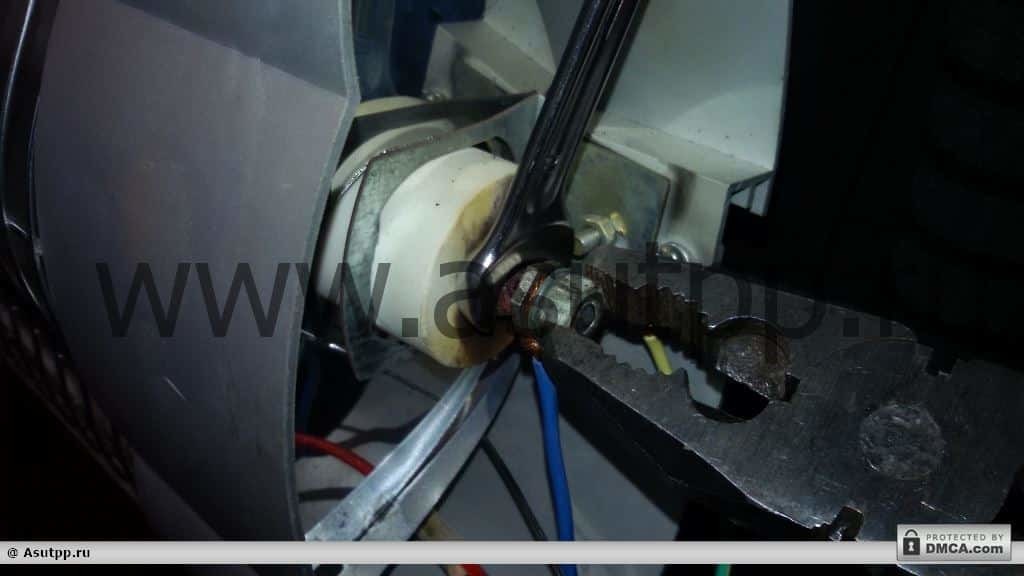Russia, Moscow region, Moscow+79041000555

 ~ 1 minute is required to read
~ 1 minute is required to read
Chipboard - what is it and how is it decoded?
Laminated chipboard is made from shavings and pressed sawdust, for the bonding of which formaldehyde resins are used. Despite the use of formaldehyde, this material is environmentally friendly, which allows it to be used in the decoration of residential premises. In the production of such chipboards, modern manufacturing equipment is used, which allows for the durability, strength and environmental friendliness of such a material.

Particleboard lamination is performed on paper that is impregnated with melamine resin. Due to the presence of such a lamination, this material can imitate the appearance of an expensive natural massif of various types of wood.
Laminated chipboard classes
To date, there are several classes of MDF, depending on its formaldehyde content. Deciphering a laminated chipboard, depending on its environmental class, is not particularly difficult.
- E1. It is the cleanest eco-friendly material that contains a minimum of formaldehyde. It can be used for decoration of premises and furniture.
- E2. This variety is used for finishing utility rooms.
- E3. In accordance with modern standards and GOST standards, chipboard of class E3 is forbidden to use inside residential buildings. The proportion of harmful formaldehyde resins can reach 30%.
Depending on the cladding of the slab, it is customary to divide into:
- Draft MDF, that is, not having a decorative facial coating.
- Veneered with a thin layer of natural wood.
- Laminated with paper and plastic.
Also on sale, you can find standard, moisture-proof and fireproof chipboard. Moisture-resistant material has a corresponding treatment with a paraffin emulsion, which helps protect wood fibers from swelling under the influence of moisture.
Note that moisture-resistant chipboard has a high cost, so it is not economically feasible to use it for furniture and decoration with natural moisture indicators.

Advantages and disadvantages of this material
The distribution of wood-like materials is explained by excellent operational characteristics. If we talk about the advantages of using chipboard, we can note the following:
- Excellent durability of MDF.
- Resistant to moisture.
- Attractive appearance.
- Affordable cost.
- Possibility of choosing a laminated particleboard with a different texture and appearance.
- Universality of application.
Among the shortcomings, only mediocre environmental friendliness of materials with class E2 and E3, as well as the need use in rooms with high humidity of the corresponding expensive moisture-proof variety Chipboard.
Choosing laminated MDF for furniture
Today on sale you can find various options for chipboard, which differ in their operational characteristics, plate sizes and appearance. You can choose standard plates with a thickness of 10-38 millimeters and sheet sizes of 280 by 207 centimeters. Their processing and cutting is not difficult, which subsequently allows you to independently make furniture and interior items from such wood-like material.

Conclusion
Chipboard is an inexpensive, practical and versatile wood-like material that is characterized by excellent performance characteristics. With the right choice, such plates will be distinguished by durability, strength and environmental friendliness. Remember only that it is necessary to choose the right kind of MDF used, depending on the indicators of humidity in the room.
Video: chipboard - decoding, difference from chipboard and MDF
With great interest I always read your comments to my articles. If you have any questions, feel free to ask them, leave, you are welcome, Your feedback in the form below. Your opinion is very important to me. Thanks to your criticism and thanks, I can make this blog more useful and interesting.
I would be very grateful if you rate this post and share it with your friends. This is easy to do by clicking on the social media buttons above. Do not forget the article you like Add to bookmarks and subscribe to new blog posts on social networks.


